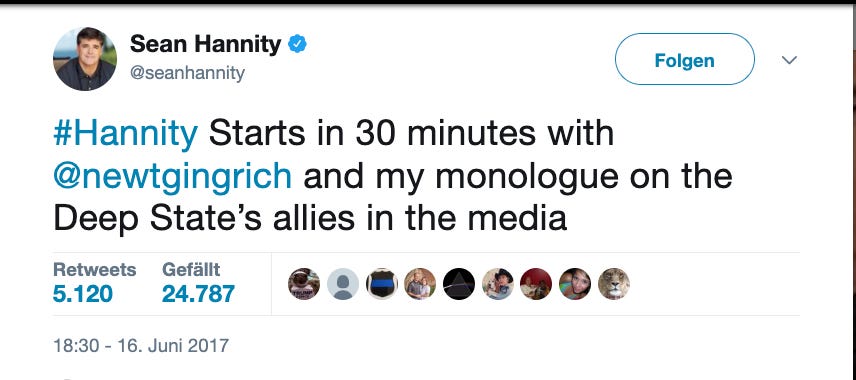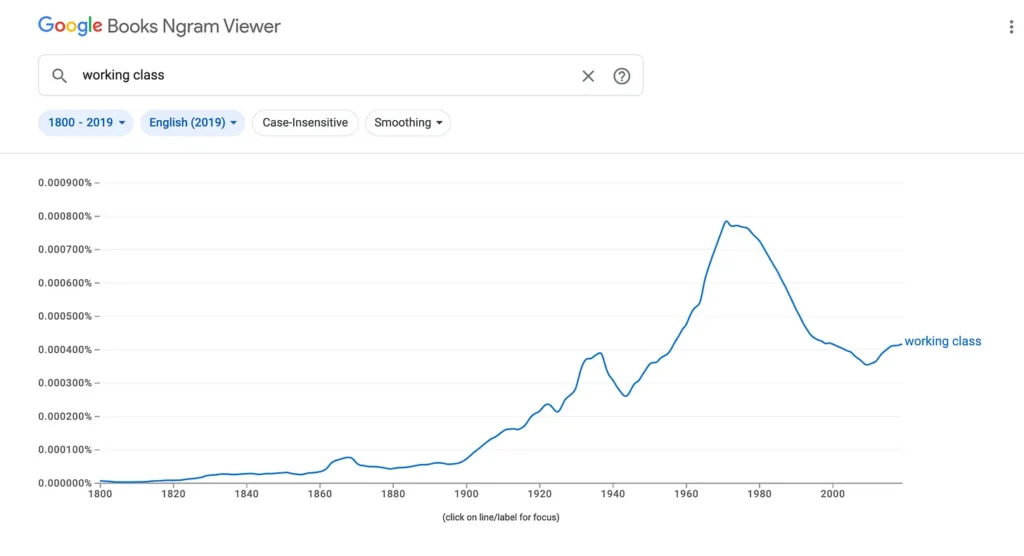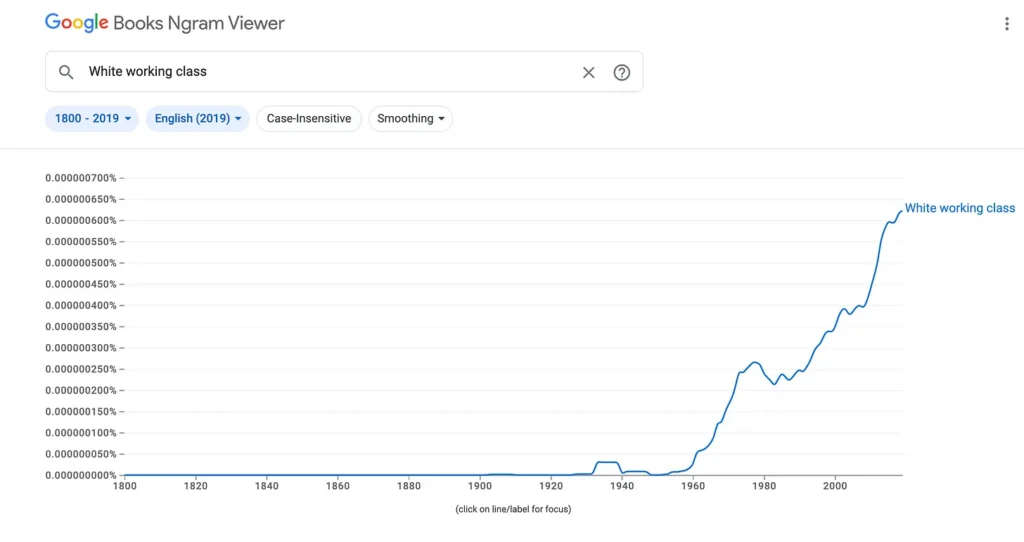Tracking Orwellian Change: New Meanings of “Deep State” and “Working Class”
ANGLO AMERICA, 4 Sep 2023
Matt Taibbi | Racket News - TRANSCEND Media Service
When left/liberal fixations fall out of establishment favor, they’re re-christened as conservative menaces.
30 Aug 2023 – Thanks to a great response last week to an article about Klaus Schwab’s creep-tastic use of the term “transparency,” I’m pressing forward with a Devil’s Dictionary-style lexicographical project, tracking multitudinous dystopian alterations to American political speech.
I absolutely want the list to be a collaboration with Racket/Substack readers, so this and future entries will feature open comments sections. I see this list working best if it also functions as a usage tracker, à la the Oxford English Dictionary. The best gift my father ever gave me was a full OED, a monstrous rack of volumes that still sits devouring space in my house, daring me to look up the earliest recorded use of pecker in the impertinent sense (“1902 FARMER & HENLEY Slang”).
Here cites are important because they allow us to see how a 1966 use of transparency that meant people seeing sins of government turned into a 2023 usage meaning government seeking out the people’s sins. The more completely such changes are tracked, the more damning the lexicon.
Today’s theme involves once-embraced liberal terminology re-branded as right-wing and therefore infamous, false, or seditious:
DEEP STATE:
In July of last year David Rothkopf wrote a piece for the Daily Beast called, “You’re going to miss the Deep State when it’s gone: Trump’s terrifying plan to purge tens of thousands of career government workers and replace them with loyal stooges must be stopped in its tracks.” In the obligatory MSNBC segment hyping the article, poor Willie Geist, fast becoming the Zelig of cable’s historical lowlight reel, read off the money passage:
During his presidency, [Donald] Trump was regularly frustrated that government employees — appointees, as well as career officials in the civil service, the military, the intelligence community, and the foreign service — were an impediment to the autocratic impulses about which he often openly fantasized.
This passage portraying harmless “government employees” as the last patriotic impediment to Trumpian autocracy represented the complete turnaround of a term that less than ten years before meant, to the Beast’s own target audience, the polar opposite. This of course needed to be lied about as well, and the Beast columnist stuck this landing, too, when Geist led Rothkopf through the eye-rolling proposition that there was “something fishy, or dark, or something going on behind the scenes” with the “deep state.”
Rothkopf replied that “career government officials” got a bad rap because “about ten years ago, Alex Jones and the InfoWars crowd started zeroing in on the deep state, as yet another of the conspiracy theories…”
The real provenance of deep state has in ten short years been fully excised from mainstream conversation, in the best and most thorough whitewash job since the Soviets wiped the photo record clean of Yezhov and Trotsky. It’s an awesome achievement.
Through the turn of the 21st century virtually no American political writers used deep state. In the mid-2000s, as laws like the PATRIOT Act passed and the Bush/Cheney government funded huge new agencies like the Department of Homeland Security, the word was suddenly everywhere, inevitably deployed as left-of-center critique of the Bush-Cheney legacy.
How different was the world ten years ago? The New York Times featured a breezy Sunday opinion piece asking the late NSA whistleblower Thomas Drake — a man described as an inspiration for Edward Snowden who today would almost certainly be denounced as a traitor — what he was reading then. Drake answered he was reading “Deep State: Inside the Government Secrecy Industry” by Marc Ambinder, whose revelations about possible spying on “eighteen locations in the Washington D.C. area, including near the White House, Congress, and several foreign embassies,” inspired the ACLU to urge congress to begin encrypting communications.
On the eve of a series of brutal revelations about intelligence abuses, including the Snowden mess, left-leaning American commentators all over embraced “deep state” as a term perfectly descriptive of the threat they perceived from the hyper-concentrated, unelected power observed with horror in the Bush years. None other than liberal icon Bill Moyers convinced Mike Lofgren — a onetime Republican operative who flipped on his formers and became heavily critical of the GOP during this period — to compose a report called “The Deep State Hiding in Plain Sight.” Here’s Bill railing against the state-within-a-state with Lofgren:
This campaign gathered steam just as liberal America was beginning to become obsessed with the excesses of extralegal surveillance programs like Stellar Wind and CIA-run programs like “Targeted Killing” (the bloodless term for drone assassination). By 2014-2015 people all over the liberal blog-o-sphere were calling for consequences for operatives like the CIA’s John Brennan and Director of National Intelligence James Clapper. Both were accused of lying to congress, including about the Snowden revelations — “No sir,” and “not wittingly,” Clapper answered, when asked if the U.S. was collecting “any data at all” about American citizens, leading even U.S. News and World Report to publish a headline asking, “Lock Him Up?”
The instant Donald Trump appeared on the scene, “Deep State” became myth. Its run as a focus of liberal angst was over the minute Sean Hannity teased a show in 2017 with a tweet praising Trump, and referencing Deep State “allies in the media”:

There was an effort among some recalcitrant journalists to remind audiences that negative feelings about Donald Trump weren’t irreconcilable with serious concerns about intelligence overreach — Michael Crowley’s “The Deep State is Real” in Politico in 2017 was one example, or the aforementioned Ambinder writing “Trump is Showing How the Deep State Really Works” in Foreign Policy come to mind — but ten years after Snowden and a parade of whistleblowers about torture and other abuses, relentless propaganda has succeeded in equating “deep state” with “conspiracy theory” in the public’s mind. Amusingly, this is taking place at the same time when every third show on Netflix is about an elderly CIA operative who has to come out of retirement and dust off perfect-killing-machine skills to save a wayward daughter (who inevitably looks like Jen Psaki or Alex Wagner) from a shadowy cabal of interagency goons with more power than the president.
Everyone from ABC News to the European Union (which describes “QAnon deep state conspiracies” as a product of “right-wing extremism”) to academics writing about how “Fake news promotes conspiracy theories such as Deep State” have accepted the core idea that suspicions of unelected institutional power are, like disdain for “elites,” fictional products of “misinformation” and rightist resentment. Criticism of “deep state” in fact is often used by Internet censors as a way to identify dangerous or foreign-aligned groups. What a coincidence that this same deep state just happened to be the chief fixation and worry of educated Democrats a decade ago!
WORKING CLASS:
Sometimes a whole story can be told in two pictures:
The term working class reached peak usage in 1970, while its replacement, white working class, is at its peak now and still ascending. The former suggests the existence of a multiracial working class, the latter reminds us to first and foremost associate working class with white, a concept much easier to demonize.
Working class began tailing off at the outset of the eighties, when two dovetailing phenomena became electoral factors. Once-solid-blue districts in places like Macomb County, Michigan began switching to Ronald Reagan, in some cases over issues like busing and immigration, in others over issues like pornography and crime, in others over the generalized anger that would drive the Trump movement. Strategists at the Democratic Leadership Council after wipeout losses in 1972 and 1984 also began to reconsider their party’s logistical and financial dependence on unions, moving to what Bill Clinton’s campaign called a more “pro-growth” profile. Class politics became associated with McGovern, Mondale, and loserdom. Saying working class on the stump was like walking around with a fly open, earning open catcalls from campaign journalists.
Working class wouldn’t come back until the insurgent candidacies first of Barack Obama (who re-seized a lot of union-heavy, Reagan Democrat territories with worker-friendly promises that of course were soon broken), then of Bernie Sanders. You can see above the revival of working class beginning in 2008. Just as quickly, the term leveled off, as Sanders fell into another dystopian punji trap, class-not-race. From 2015 on, every time Sanders made a gaffe about anything (but particularly on the race issue) articles pummeled his emphasis not on “class,” but “class-not-race,” the implication being that talking about class meant a commensurate disinterest in race issues.
When Sanders blurted out, “When you’re white, you don’t know what it’s like to be living in a ghetto,” the Chicago Tribune hit him with, “Bernie Sanders’ ‘ghetto’ remark raises class vs. race debate.” When he got walloped on Super Tuesday in the last cycle, Politico explained “Bernie Sanders Isn’t Winning Over Black Voters” because he was “appealing to class, not race.” Class-not-race became code for an increasingly infamous form of racism encapsulated by other terms likely to find their way on this list, “color blind” and “color blindness.” Once considered an aspirational positive, a would-be “color blind” pol like Sanders who focused on “class-not-race” was understood to be denying the realities of discrimination, probably out of secret racism.
As the use of “working class” on its own began to carry more penalties even for politicians like Sanders whose entire raison d’etre was supposedly class politics, new entrants to the electoral scene were encouraged to refer instead to the “white working class,” perjoratively. This was soon described as a voting bloc that basically existed to make irrational/moronic demands, like:
The anthopological cast to this avalanche of “So, just what is this white working class derp?” stories that appeared after 2016 was as hilarious as it was infuriating. The white working class lives in barns! It feels anxious! It believes in aliens and QAnon! Most importantly, it votes for Donald Trump, which means whatever it thinks about anything can safely be ignored. It can also be blamed for all kinds of things, including not really being “working class” (this was a whole sub-genre of articles that popped up after 2016).
Through this switcheroo from one term to another, a phrase that was coined to express a specific political idea — that connections between people of a certain economic class are meaningful — once again came to mean more or less the exact opposite, i.e. that the only “working class” that really exists is fractious and separated by ethinicity. White working class, black working class, Latinx working class (really!), and so on. Workers of the world, split up!
More soon, and as usual, I’ll be following comments for suggestions.
______________________________________________
 Matthew C. Taibbi is a U.S. author, journalist, and podcaster. He has reported on finance, media, politics, and sports. He is a contributing editor for Rolling Stone, author of several books, a winner of the National Magazine Award for commentary, co-host of Useful Idiots, and publisher of a newsletter on Substack.
Matthew C. Taibbi is a U.S. author, journalist, and podcaster. He has reported on finance, media, politics, and sports. He is a contributing editor for Rolling Stone, author of several books, a winner of the National Magazine Award for commentary, co-host of Useful Idiots, and publisher of a newsletter on Substack.
Tags: Deep State
DISCLAIMER: The statements, views and opinions expressed in pieces republished here are solely those of the authors and do not necessarily represent those of TMS. In accordance with title 17 U.S.C. section 107, this material is distributed without profit to those who have expressed a prior interest in receiving the included information for research and educational purposes. TMS has no affiliation whatsoever with the originator of this article nor is TMS endorsed or sponsored by the originator. “GO TO ORIGINAL” links are provided as a convenience to our readers and allow for verification of authenticity. However, as originating pages are often updated by their originating host sites, the versions posted may not match the versions our readers view when clicking the “GO TO ORIGINAL” links. This site contains copyrighted material the use of which has not always been specifically authorized by the copyright owner. We are making such material available in our efforts to advance understanding of environmental, political, human rights, economic, democracy, scientific, and social justice issues, etc. We believe this constitutes a ‘fair use’ of any such copyrighted material as provided for in section 107 of the US Copyright Law. In accordance with Title 17 U.S.C. Section 107, the material on this site is distributed without profit to those who have expressed a prior interest in receiving the included information for research and educational purposes. For more information go to: http://www.law.cornell.edu/uscode/17/107.shtml. If you wish to use copyrighted material from this site for purposes of your own that go beyond ‘fair use’, you must obtain permission from the copyright owner.


